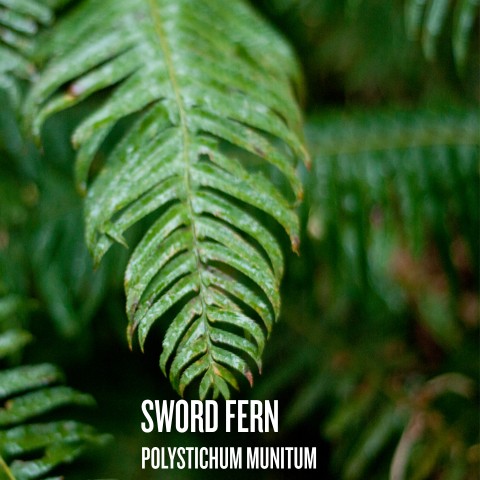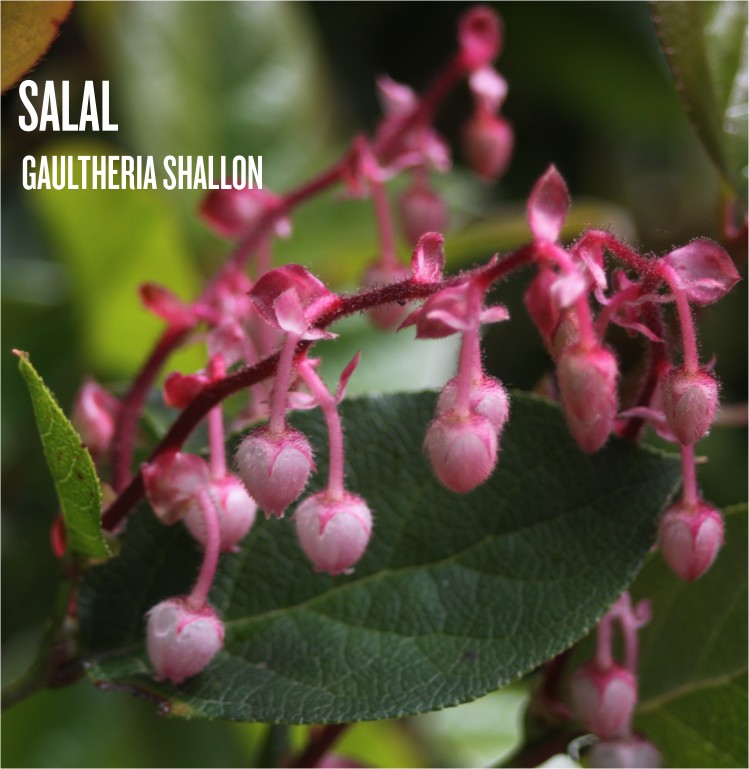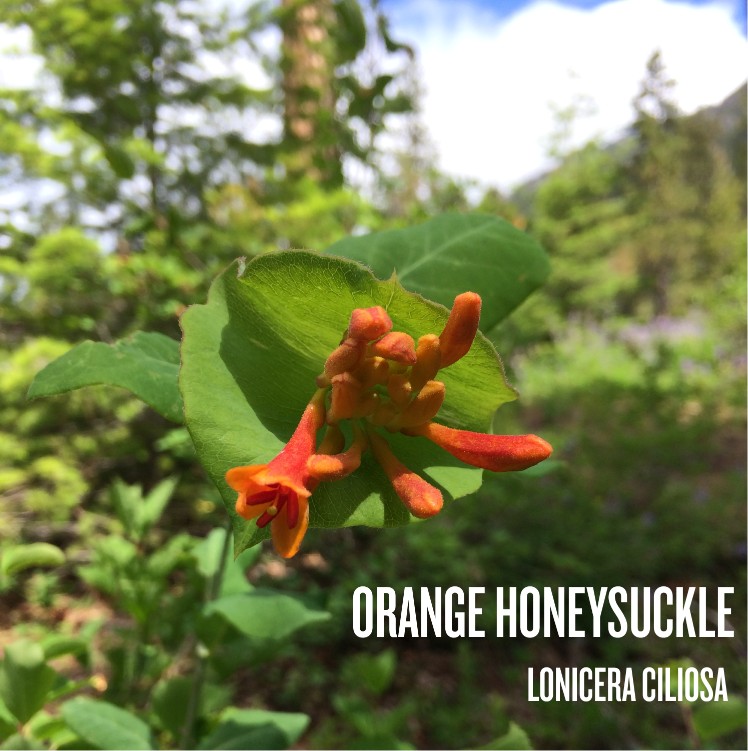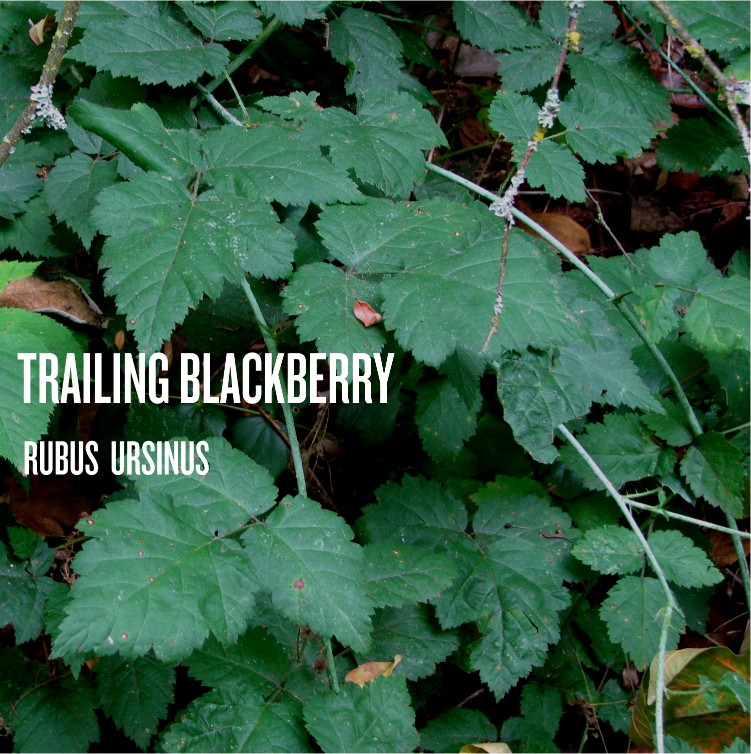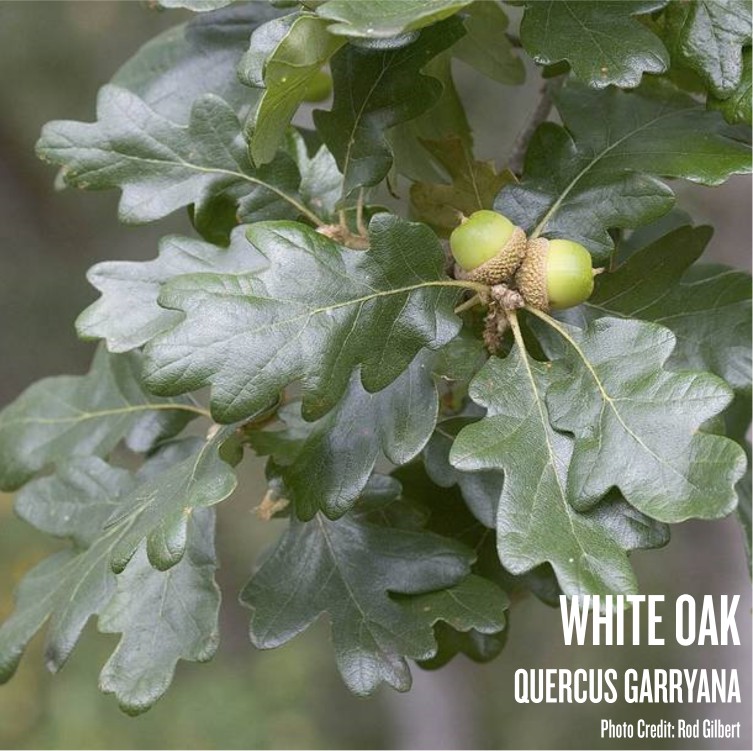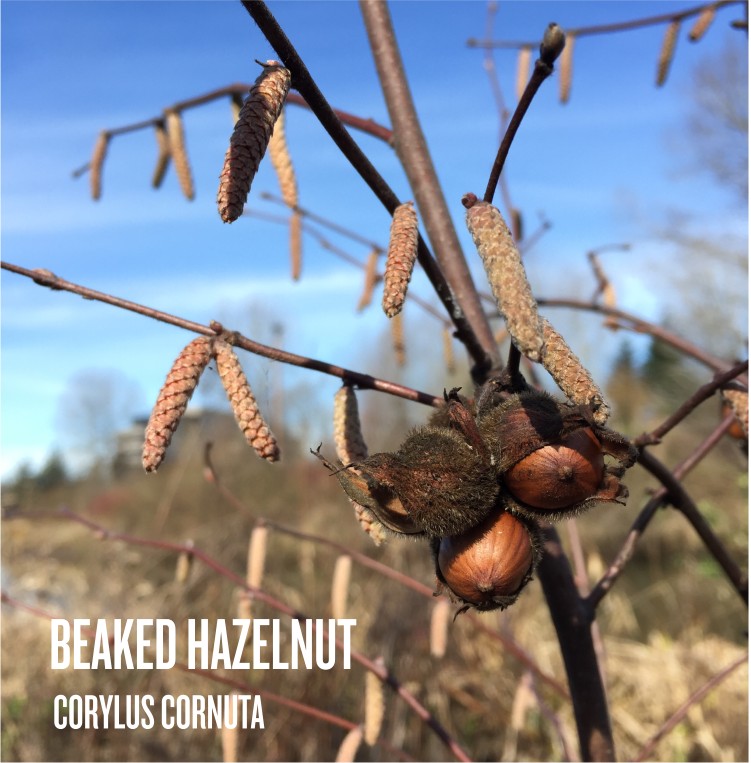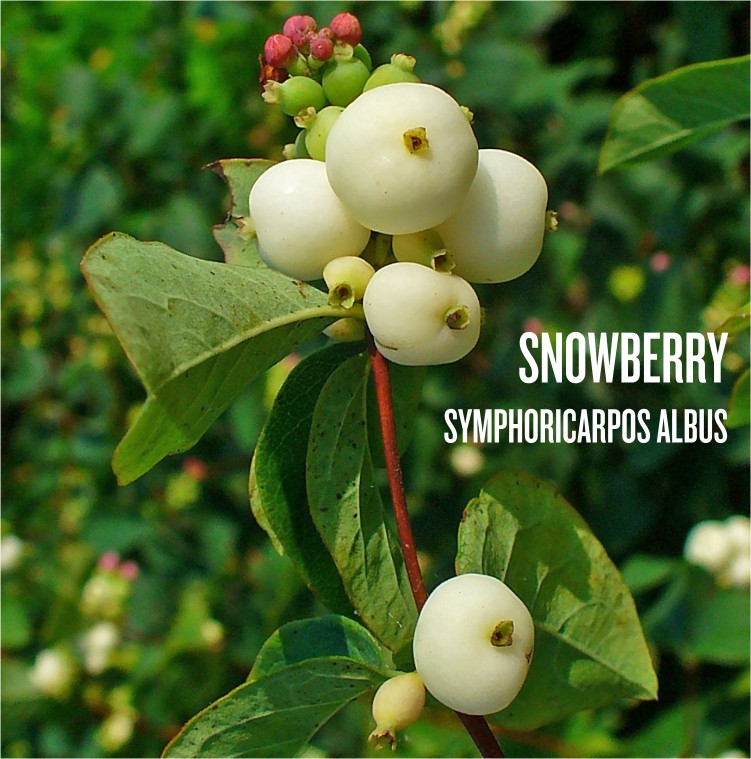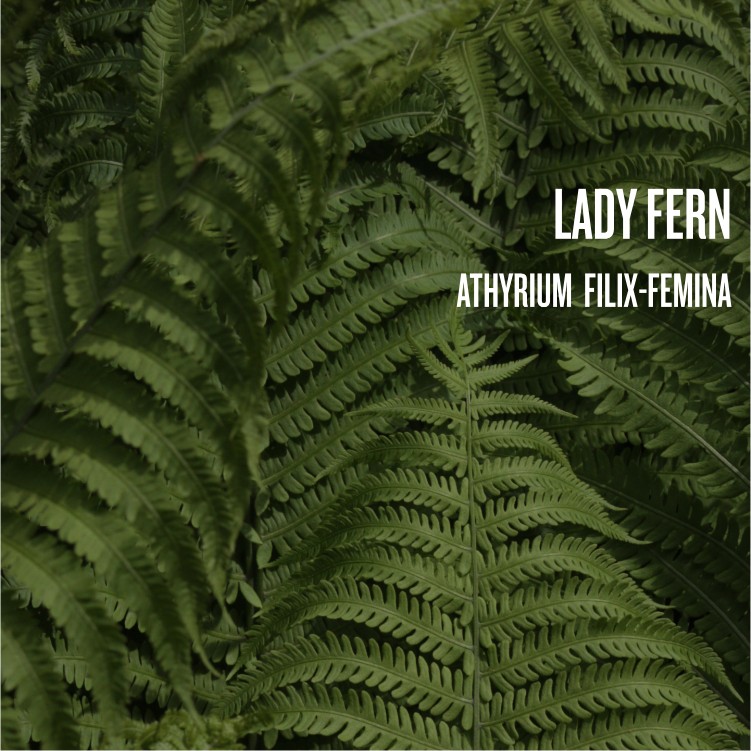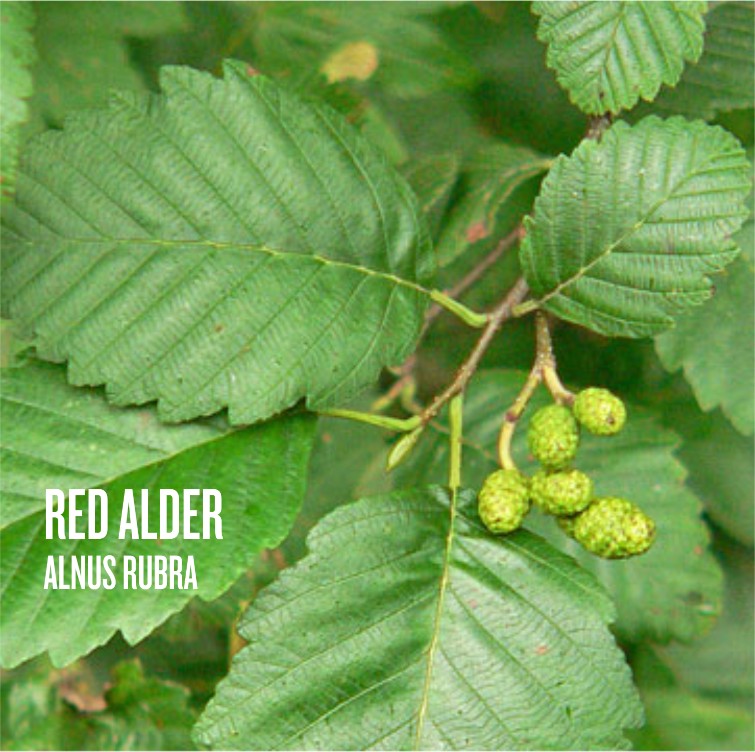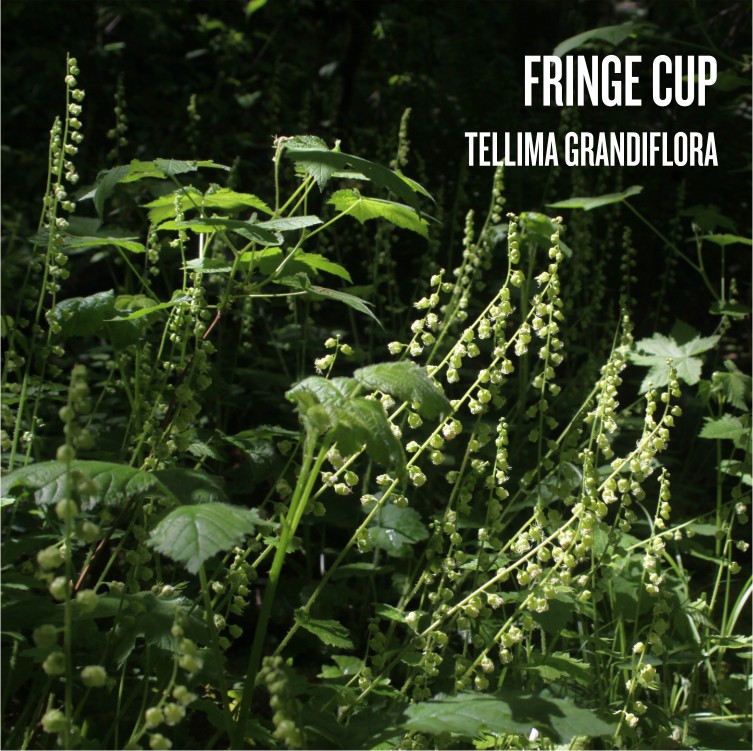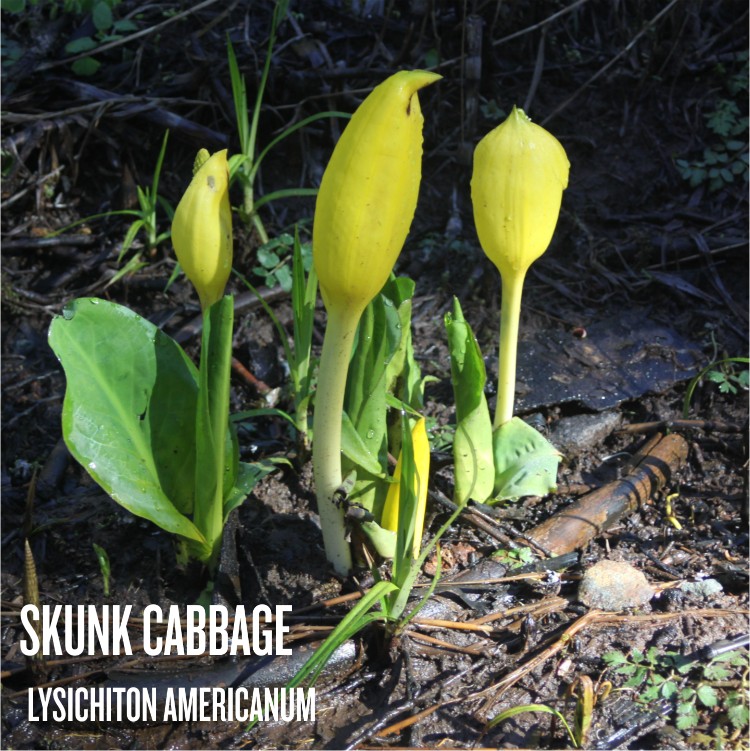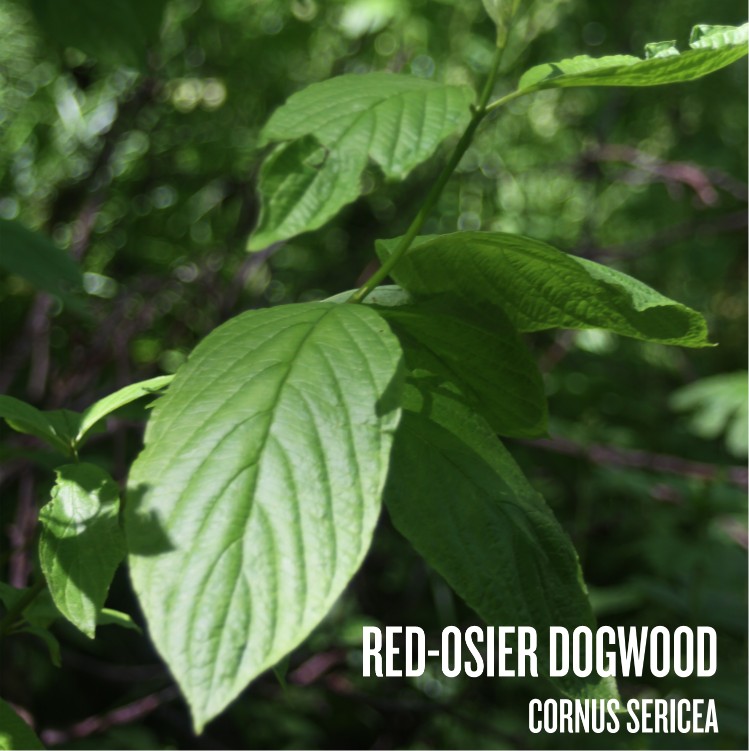An important principle of restoration is identifying reference ecological communities to serve as guides for planning projects, while also creating benchmarks for evaluating success. Here at Green Seattle, we have identified reference ecosystems for all of our restoration sites. These references include target ecosystems that highlight the plant communities that we would like to see at each site in the future. We use these targets to help measure restoration progress, in part, by comparing data from our ecological inventories to target benchmarks derived from reference ecosystem characteristics. The seven major elements in our ecological inventories include: native tree canopy cover, invasive weed cover, a certain number of stems and diversity of new seedlings in the understory, native understory cover and diversity, and invasive tree presence.
Did you know that Seattle’s forests can be defined by a variety of plant communities and target ecosystems? Read more below about a few of the common ecosystem types that can be found in Seattle’s parks, scroll through our galleries, and learn about some of the common plants that you can find in each community!
Dry-Mesic Conifer and Conifer Deciduous Mixed Forest
Our most common forest type found throughout Seattle’s parks. These forests are characterized by large-standing conifers like the Douglas-fir and our state tree, the Western Hemlock.
Dominant Tree Species – Douglas Fir, Western Hemlock, Western Redcedar, and Bigleaf Maple
Dominant Shrub Species – Dwarf Oregongrape, Salal, Red huckleberry, Oceanspray, Vine maple
Dominant Herbaceous Species – Sword fern, Bracken fern, Western starflower, Twinflower, Western trillium
Conifer Broadleaf Evergreen Mixed Forest
These forests are characterized by a canopy dominated by the Pacific madrone; the madrone is a unique broadleaf evergreen tree, which stays green all year like our conifers, but has large oval-shaped leaves rather than needles or scales. These forests are often dry and frequently found on sunny slopes adjacent to saltwater shorelines.
Dominant Tree Species – Pacific madrone, Douglas-fir, Grand fir, Shore pine
Dominant Shrub Species – Trailing blackberry, Salal, Orange honeysuckle, Oceanspray, Baldhip rose
Dominant Herbaceous Species – Sword fern, Bracken fern, Western starflower
Oak Woodland
Oregon white oaks are Washington’s only native oak, and today, oak woodlands only cover a small percentage of their historical range in Western Washington. These forests are facing threats of succession and development, and you can often find large Douglas-fir stumps in these areas which represent a previous history of heavy logging.
Dominant Tree Species – Oregon white oak, Douglas fir, Oregon ash, Bigleaf maple
Dominant Shrub Species – Snowberry, Trailing blackberry, Beaked hazelnut, Baldhip rose, Tall Oregongrape, Serviceberry
Dominant Herbaceous Species – Sword fern, Licorice fern, Western starflower, Starry false Solomon’s-seal
Riparian Forest and Shrubland
Riparian habitat is identified as the interface between land and a river or stream. The plants below are critical to establishing our riparian buffers which provide food and shelter to wildlife, filter polluted stormwater, prevent damaging erosion, and improve water quality benefiting all surrounding life!
Dominant Tree Species – Black cottonwood, Red alder, Oregon ash, Western hemlock
Dominant Shrub Species – Salmonberry, Red-osier dogwood, Vine maple
Dominant Herbaceous Species – Fringe cup, Lady fern, Vanilla leaf, Red columbine, Bleeding heart
Scrub Shrub Wetland
Wetlands are an extremely important type of ecosystem, which act like natural sponges. They help to reduce the impacts of floods, absorb high water levels, filter pollutants, and improve overall water quality. Wetlands are also vital in providing critical habitat for fish and wildlife.
Dominant Tree Species – Willow spp., Shore Pine, Western redcedar
Dominant Shrub Species – Hardhack, Red-osier dogwood, Pacific ninebark, Twinberry, Pacific crabapple
Dominant Herbaceous Species – Skunk cabbage, Marsh marigold, Rush spp., Bulrush spp., Foamflower



